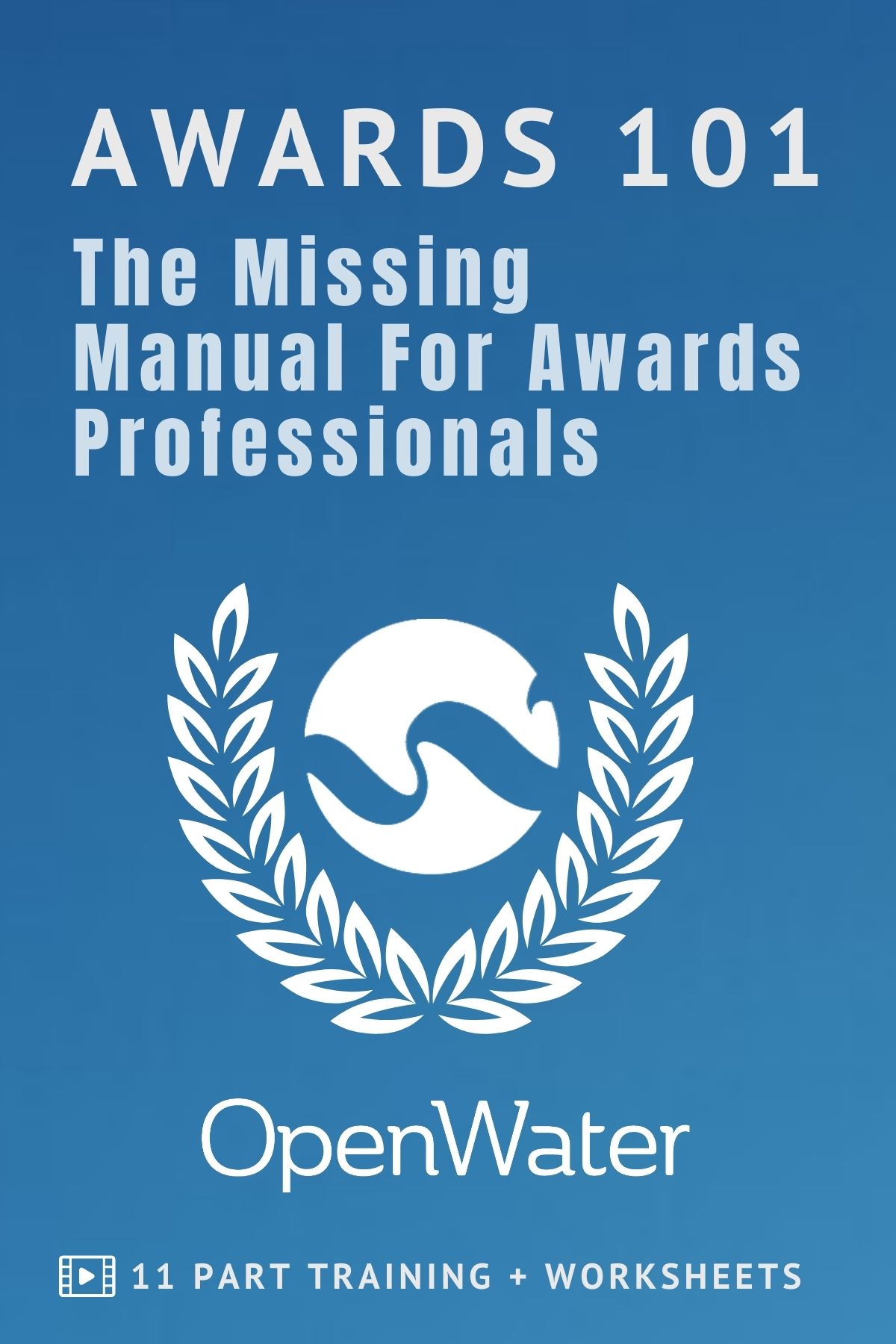
Best Practices for Running an Architecture or Design Competition
Architects love showcasing their work. This is a proud industry, and it should be. These people are designing and constructing the marvels of the modern world, pushing our technology to its limits. To the architect, it is more than just building a space for people to live or work in. It is creating an environment. What most people do not realize is that when they walk into a building, how they feel is partly a result of the design and atmosphere created by the architect. The architects do not just design buildings, they conjure up emotions. It is no wonder that they wish to be recognized for their great work.
The Architect Magazine, the American Institute of Architects, and the Architect’s Newspaper are examples of organizations that run annual awards programs. And while each of these organizations run their own, unique awards programs, the structure in which an architecture competition is run is fairly consistent across the board.
1. Register for the Competition – In almost all circumstances, it is crucial to have this first step. Instead of having your entrants submit and pay for all of their entries at once, they register and pay for all of their entries first, simply by submitting the project title and category they are applying to along with other basic entrant details. Once the entrant has registered and paid for the entries, they can return later to submit the actual materials for each entry.
Why follow this method? Architecture and Design competitions are unique in the sense that it can take the entrant quite some time to gather the materials for their entries. If you do not follow this Register / Pay First model, the entrant will wait until the last possible minute for the deadline — by then, they will have realized all of the work they need to gather to submit and then decide not to enter, meaning a loss of revenue for your awards program. Avoid this loss by having the entrant commit to participating in the competition. If they pay upfront, they are more likely to submit the materials for the entry later.
2. Categories – It is imperative to break your categories out by asset size. If an entrant is submitting a competition and finds out they are going head to head with a building that had 10x their budget, they are less likely to enter. So if you have a School / Educational Facility category, you should break that subcategory out into different asset sizes.
3. Online vs. In-Person Judging – In most competitions, there are a series of judging rounds, typically in-person. However, we strongly recommend you do the first review round online, before the in-person judging. Doing this will save you and your judges a ton of time during the in-person judging because the judges would have already familiarized themselves with the entries. A common online judging consists of just 1 question — “Do you want to see this entry again? Yes, No, Maybe”. If all the judges vote No, then you do not even need to include that entry in the in-person judging. In-person judging can be tricky, and as the administrator of your awards program, you want everything to be as efficient as possible. That first round online will go a long way towards that goal.
4. In-Person Judging – Have your entrants print shipping labels that follow a standard that you specify. Make it easy for your entrants to print these out automatically and to mail in with their physical materials. For your judges, print a cover sheet for each entry that contains the Title, Category, and Description submitted by the entrant. Quite often entries will get lost and mixed together. Try to avoid this as much as possible by associating a cover sheet with each entry during the live judging event.
5. Gallery – Most important is the gallery. Have your entrants upload photos and design documents and publish this gallery to your entrants. Some competitions post the entries to the galleries anonymously as they are submitted, and then make everything public once the competition is over. However, most competitions wait until the event is over to publish the gallery in full. Either way, the gallery is crucial. Ensure that your entrants can share their entries with their friends, increasing traffic to your awards program. The gallery will become the central hub of great work produced by your members. This is worth it to your entrants, so take great care of your gallery.
Those are the most common practices for architecture and design competitions. I hope you found this helpful!
To learn more tips on how to make your awards program a success, download our guide: Secrets of Successful Awards Programs.
[button id=”” style=”” color=”orange” type=”large” size=”large” href=”http://www.getopenwater.com/subscribe-to-openwater-blog” align=”center” target=”_self”]Like what you’ve read? Click here to subscribe to this blog![/button]


